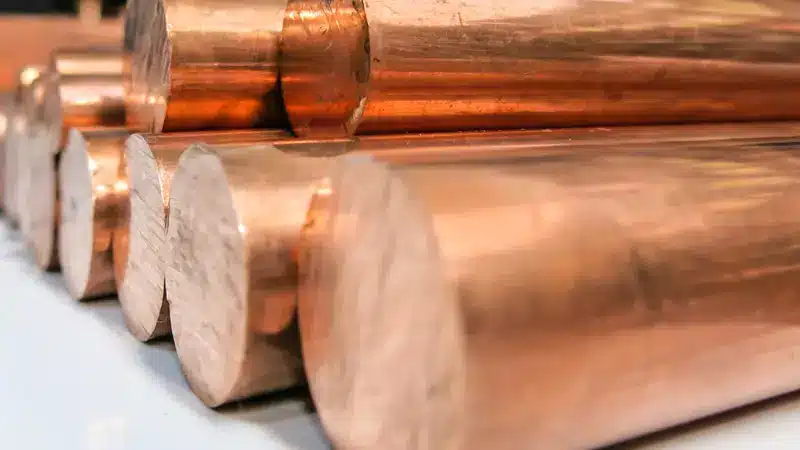
Compare Bus Bar Material Properties to Ensure Your Selection Provides Optimal Performance & Service Life
When determining which type of material your application requires, you must consider various electrical and mechanical properties, including conductivity, strength, density, damage resistance and elasticity. Taking these properties into account will help to ensure optimal bus bar performance and a long service life.
Below is a bus bar material comparison chart, which recognizes the properties of typical copper and aluminum grades for use in bus bar manufacturing.
| Property (20°C) | Copper (C101) | Aluminum (1350) |
|---|---|---|
| Electrical Conductivity (annealed) | 101 % IACS | 61 % IACS |
| Electrical Resistance (annealed) | 17.2 nΩ mm | 28.3 nΩ mm |
| Tensile Strength (annealed) | 200 – 250 N/mm² | 85 – 100 N/mm² |
| Thermal Conductivity | 397 W/m°K | 230 W/m°K |
| Elastic Modulus | 116 – 130 kN/mm² | 70 kN/mm² |
| Density | 8910 kg/m² | 2700 kg/m² |
| Melting Point | 1083°C | 660°C |
| Specific Heat | 385 J/kg °K | 900 J/kg °K |
*Information provided by the Copper Development Association.
Get more information on copper bus bar vs aluminum, including qualitative differences (strength, ampacity, resistance, cost, etc.) and common misconceptions.
If you’re not sure whether you need copper bus bar or aluminum bus bar, just contact us online and we’ll get in touch with you shortly to discuss your application requirements.